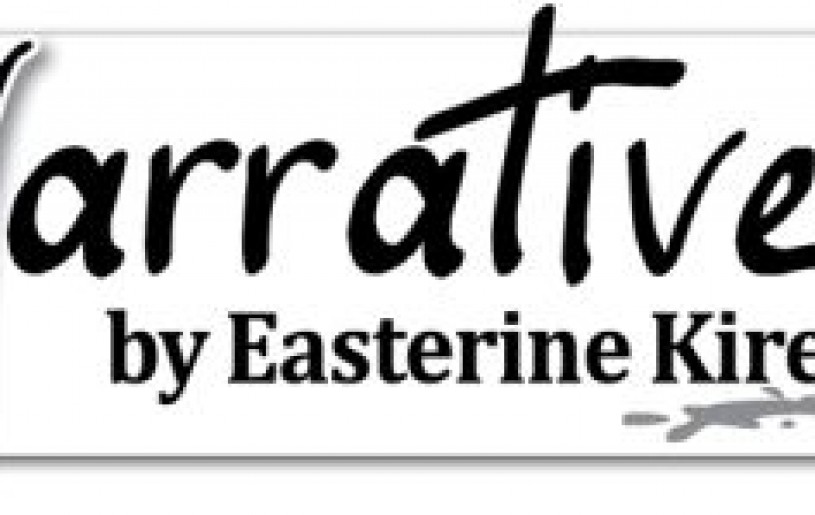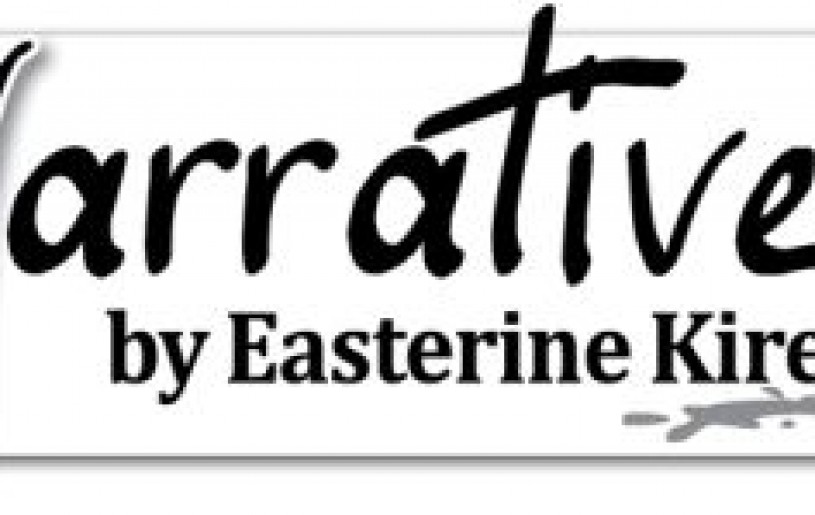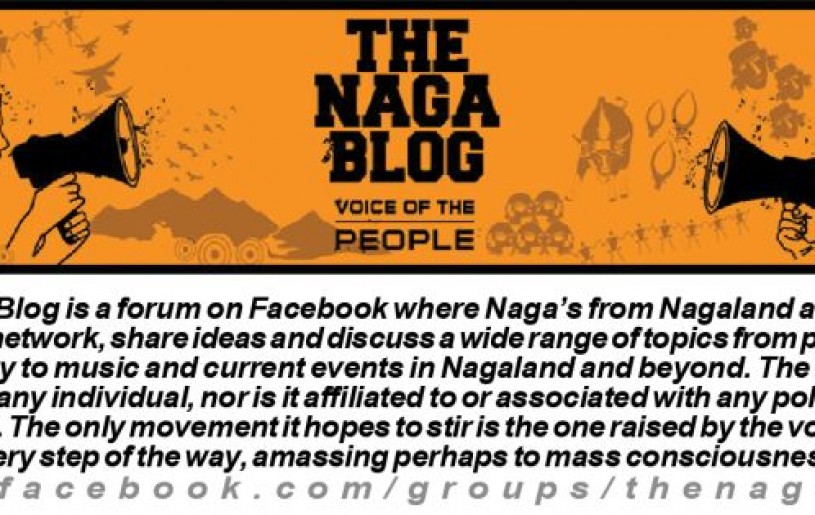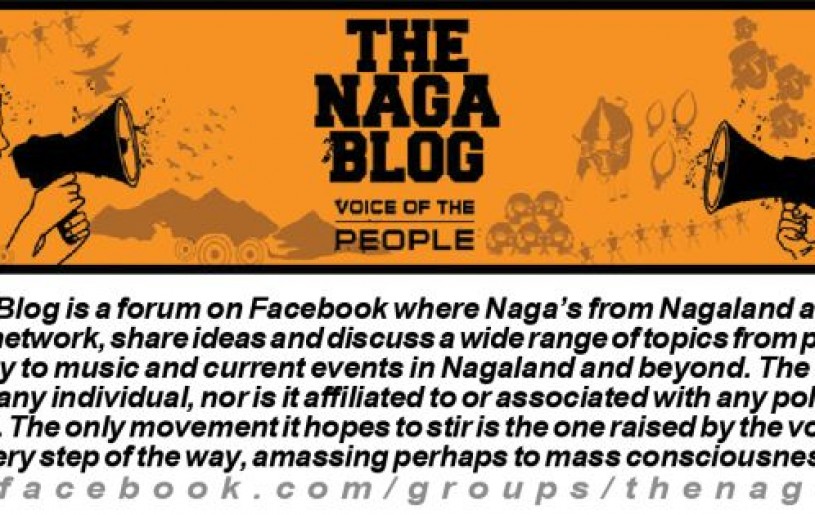
A couple of weeks separate the launchings of two books by two of our male authors. The first one is Jim Kasom’s Homecoming and other Stories published by Promilla and Co, Bibliophile South Asia. Jim Wungramyao Kasom is a soft-spoken, gracious young man, a photographer and storyteller. He lives in Delhi, having done his Masters in Mass Communication from Jamia Milia University.
Homecoming is a collection of 19 short stories from a region that has not seen much literary publishing in English. Jim was born in Ukhrul and comes from a very creative family, his uncle being a sensitive dreamer, and his brother, a very talented young artist. Jim Kasom travels with his camera and records stories at rivermantravels.com which he founded. The other book is by Dr Kezha Whiso who has already had a book of poems published earlier by PEN Thrill. His new work of auto-fiction is Things that can go wrong at your Wedding,(PEN Thrill) launched about two weeks after Jim’s book.
Both writers are male; both are young and from the Northeast, Kasom from Manipur and Whiso is from Nagaland. Their literary debuts are significant and important to the Northeast because they are among the few male voices in fiction. Therefore, their voices are valuable not only from an academic perspective, but also by way of bringing a viewpoint that is very different to a world hitherto dominated by female voices. For too long, the trend has been that academic writing was dominated by male authors and literary writing by women writers. This has carried on to such an extent that it was almost becoming a tradition, so these male voices in Northeast literature are cause for celebration. Jim Kasom’s book has a grittiness about it that only a man could extract out of the material he writes from: it is the world of manual labourers, wood cutters, day-wage earners for whom home is a shanty on the roadside, who live such temporary lives that a worker falling under a truck and dying in a gruesome manner is just part of a long work week. It pulls the reader back to the reality of the very hard life that these workers lead, whether they are camping out in the woods, or riding atop a truck loaded with logs.
He writes about ‘the anonymous lives of people living close to the Indo-Burmese border.’ It is an area we have not read about much, and possibly not thought about in terms of literature. Kasom’s world is peopled by ordinary folk with their small dreams and big struggles for survival, people with their fears and superstitions which are as real as their dreams. Some of his stories are set in Ukhrul, his birthplace. It is an important part of his literary heritage. For the readers it opens up a world many are unfamiliar with and shows the ordinariness of life in a Tangkhul setting that again one can identify with for there are many shared experiences. Jim Kasom’s voice comes at a much-needed time. It works to open up alien regions to an outside audience, and clear wrong concepts, and create literary history.
The other voice, Whiso, is a young geologist based in Dehradun. Whiso injects his book with humour, a very Naga characteristic. Having studied in Science College, his poetic work showed the influence of the Pulie Badze environment in which he had spent many years. The nature imagery in his poems attest to that. In his prose writing he explores another level to his writing. Whiso himself describes his book as ‘a funny take on the outrageous and unconventional experiences’ of his own wedding. He adds that he was ‘surprised at some of his own church traditions’ and the humour inherent in these discoveries has been put to good use by Whiso.
These two voices are not unaccompanied by others. Dr Veio Pou was introduced to Nagaland audiences when his book, Literary Cultures of India’s Northeast was published by Heritage. It was soon sold out to audiences at home and outside the Northeast, to college students and scholars alike. Dr Pou teaches at the Shahid Bhagat College in Delhi and is a specialist on literature from the Northeast. In recent years he has been refining a novel for his readers. Waiting for the Dust to Settle is, in the author’s own words, ‘a novel based on the experiences of a people who lived through some of the testing times in recent history, the eighties and the nineties. Set in the Northern district of Manipur, it represents the plight of ordinary people caught between the Indian Armed Forces and the Naga Underground army, typified by the infamous Bluebird operation. The Naga Underground movement which broke into factions, and the Naga-Kuki conflict are the scars these people carry from the past and the book tries to tell their stories.’
The latest voice is that of Lhutu Keyho, a young lecturer at Baptist College. Unpublished but popular for his poetry which he performs with aplomb, Keyho will soon be launching a maiden volume of short stories.
Some of these voices have made their entrance, some are still waiting in the wings. Hurrah for them! The voice that has long been missing in Naga literature has found its platform and we are more than eager to hear it.






